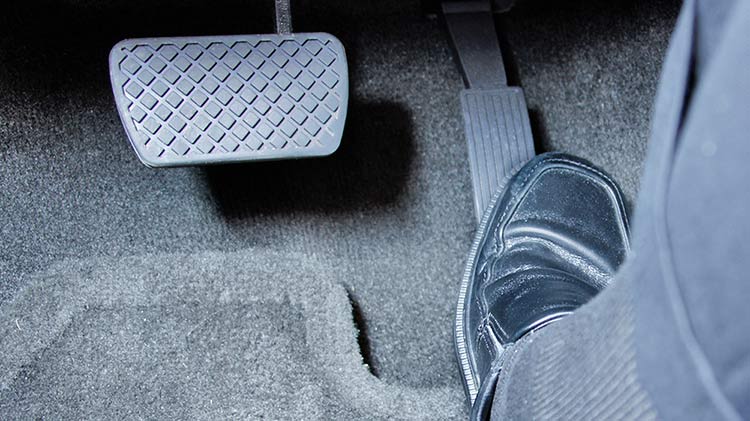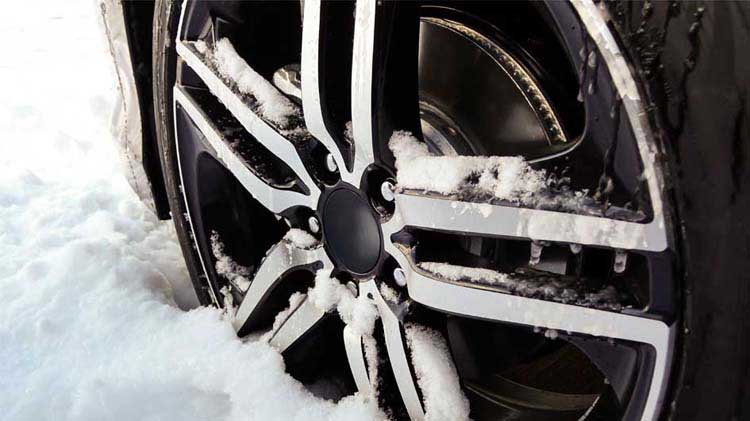What is electronic stability control?
When cars slip on frozen roads in the winter, drivers can get a little help from the stability control system.
Sometimes drivers experience a loss in the stability of their cars while driving due to icy road conditions, by turning too quickly at a high speed or by trying to avoid a hazard on the road. Now they can get a little help maintaining control, thanks to the electronic stability control (ESC), a standard feature in all vehicles under 10,000 pounds since 2012.
How ESC works
ESC works in tandem with your vehicle's other safety features, including the anti-lock braking system and traction control. Using sensors and a microcomputer, the ESC monitors the direction the vehicle is headed and its steering wheel position. When the two do not match up, the ESC works to correct under-and over-steering by applying the brakes to one or more of the wheels and, in some cases, reducing the engine throttle to adjust the direction the vehicle is heading.
Lifesaving technology
ESC is designed to prevent single-vehicle crashes that result from loss of control at high speeds or on icy roads; it is not intended to stop small fender-benders. This technology has been a standard feature in cars manufactured in the United States for some years now. As a result, the risk of fatal accidents due to rollover or instability has been reduced. Some stats show that vehicles with ESC technology have 32% less single-car accidents, and 58% less roll-over incidents.
Stability Control Systems (ESC) and Traction Control Systems (TCS)
It is important to know that ESC and TCS are two different systems, and ESC can't work without a Traction Control System. Per Autoevolution: "TCS only limits wheel slippage, whereas ESC also prevents lateral skidding, thus maintaining the car's trajectory."
Vehicles that have ESC technology allow the driver to disable this function — usually with a switch or button. It is recommended that you leave the ESC engaged unless your vehicle is stuck and you need more traction.




